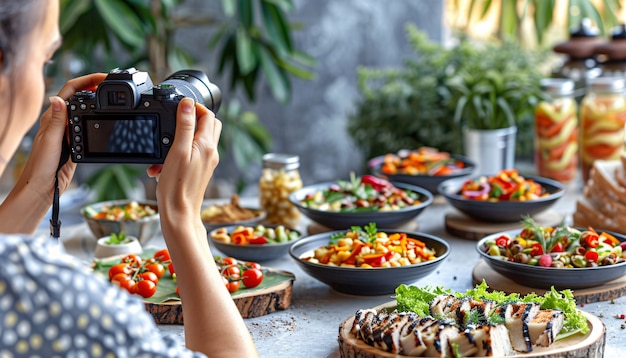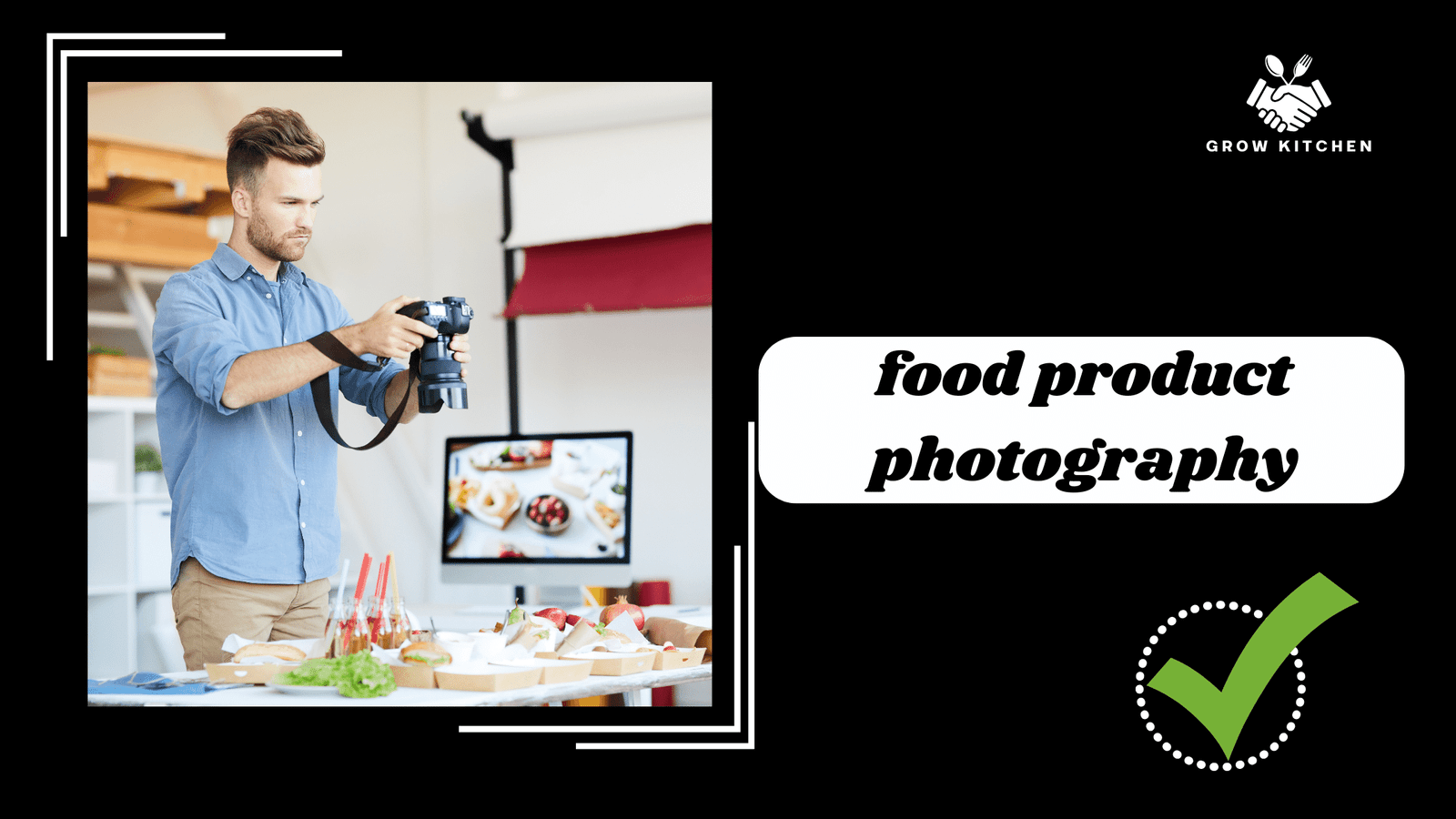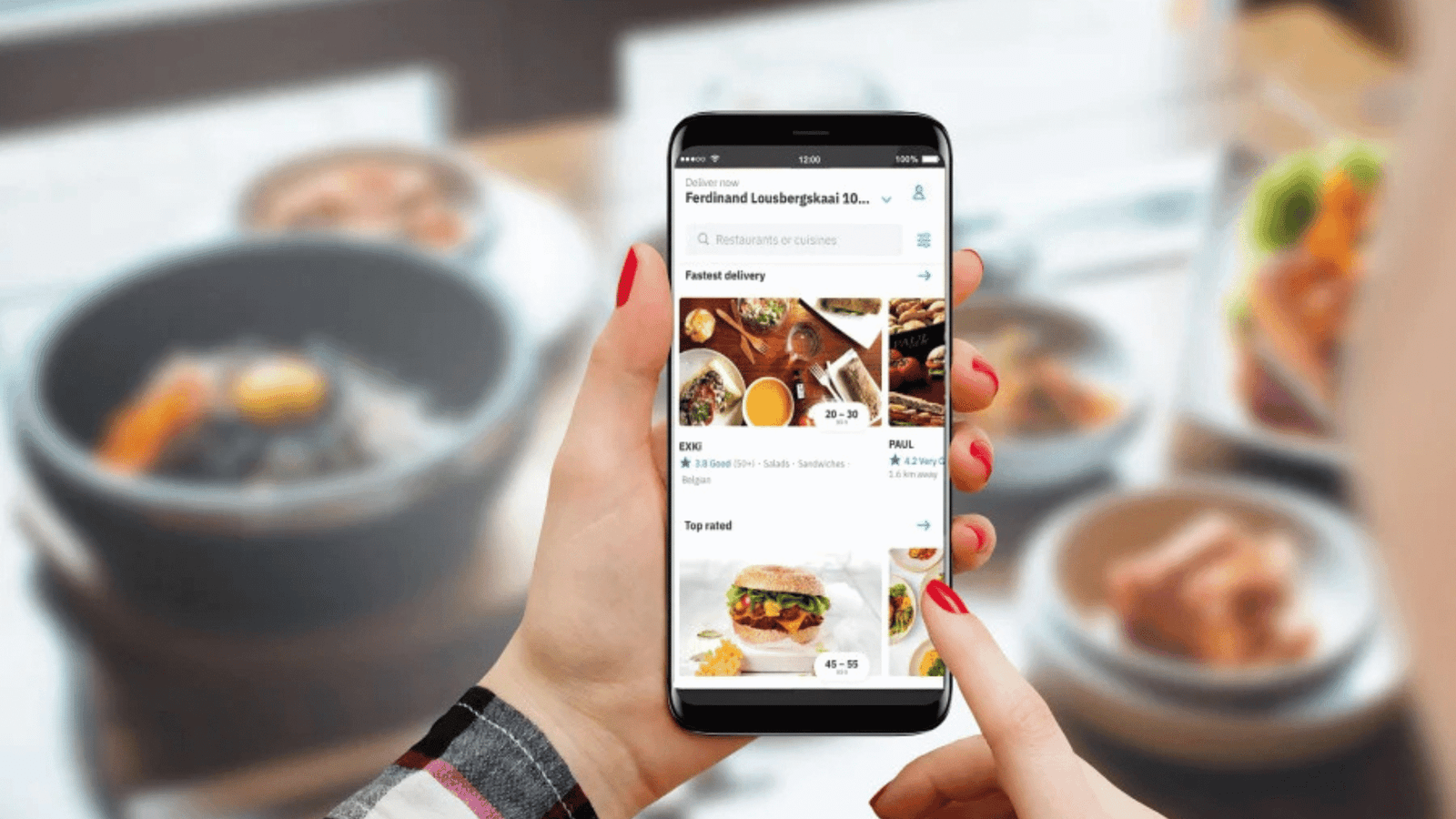In the world of food product photography, attention to detail is paramount. Capturing the essence of a dish or a food product requires more than just pointing and shooting. It’s an art form that combines creativity, technique, and precision. Whether you’re a professional photographer looking to enhance your skills or a food enthusiast wanting to showcase your culinary creations, mastering food product photography is essential.
Understanding the Basics
Before delving into advanced techniques, it’s crucial to grasp the fundamentals of food product photography. Lighting, composition, and styling are the cornerstones of a compelling food photograph.

Lighting
Proper lighting can make or break a food photo. Natural light is often preferred for its softness and authenticity. When shooting indoors, position your subject near a window to harness natural daylight. Alternatively, use diffusers or reflectors to manipulate artificial light sources and create a flattering glow.
Composition
Composition refers to how elements are arranged within the frame. Experiment with different angles, perspectives, and arrangements to find the most visually appealing composition. The rule of thirds is a helpful guideline, but don’t be afraid to break it for creative effect.
Styling
Styling plays a significant role in food product photography. Pay attention to colors, textures, and props that complement your subject. Keep backgrounds simple and clutter-free to ensure the focus remains on the food itself.
Advanced Techniques
Once you’ve mastered the basics, it’s time to elevate your food product photography with advanced techniques.
Read Also : Mastering Food Product Photography: Tips and Techniques
Creative Food Photography Ideas to Make Your Dishes Stand Out
Focus Stacking
Focus stacking involves combining multiple images with varying focal points to create a single, tack-sharp photo. This technique is particularly useful when shooting close-up shots or capturing intricate details.
Prop Selection
Carefully curated props can enhance the visual appeal of your food photographs. Experiment with different utensils, linens, and serving dishes to create a cohesive and inviting scene.
Color Theory
Understanding color theory can help you create visually striking compositions. Experiment with complementary or contrasting colors to add depth and interest to your photos.

Post-Processing
Post-processing software such as Adobe Photoshop or Lightroom allows you to fine-tune your images and correct any imperfections. Adjustments to brightness, contrast, and saturation can enhance the overall look of your photographs.
Conclusion
Mastering food product photography requires dedication, practice, and a keen eye for detail. By understanding the fundamentals of lighting, composition, and styling, as well as employing advanced techniques like focus stacking and color theory, you can capture stunning images that showcase the beauty of your culinary creations.





